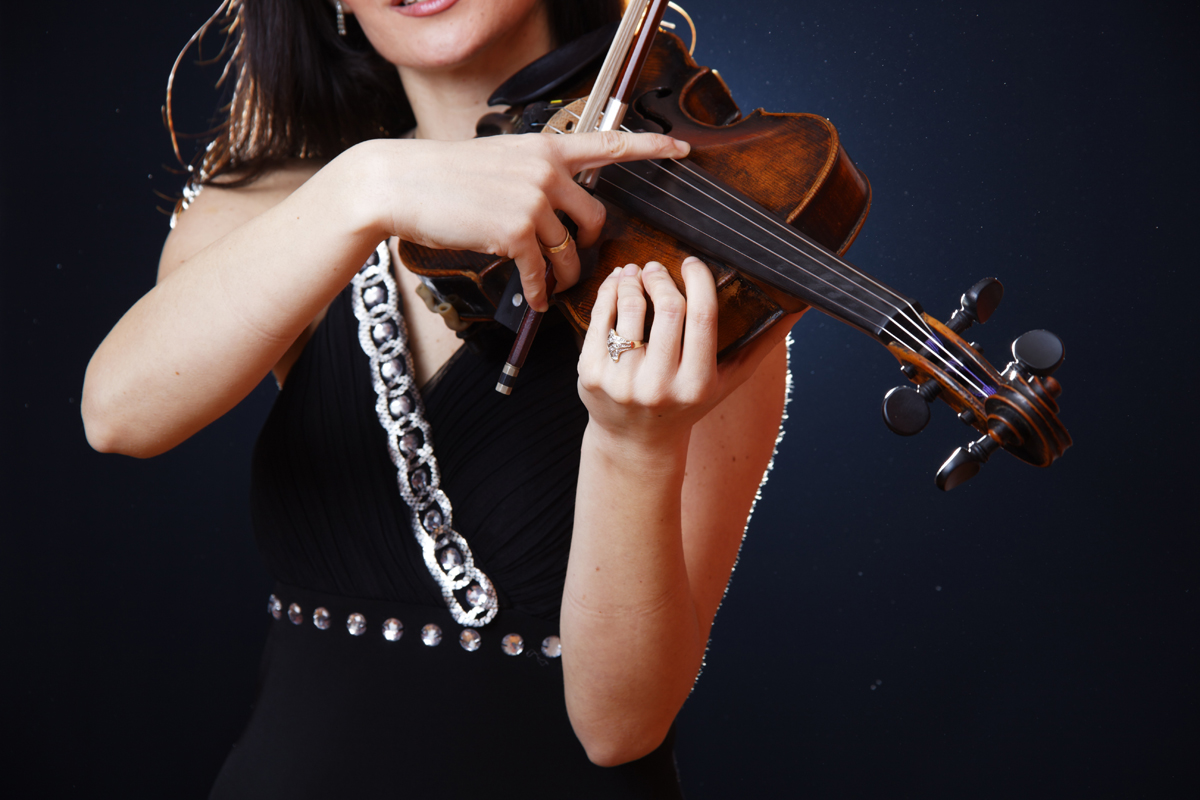

Johann Strauss II: Neue Pizzicato Polka (1892).

PIZZICATO IN MUSIC FREE
In contrast, in jazz, bluegrass, and other non-Classical styles, the player is not usually holding a bow and is therefore free to use two or three fingers to pluck the string. In classical double bass playing, pizzicato is often performed with the bow held in the hand as such, the string is usually only plucked with a single finger. This is unusual for a violin-family instrument, because regardless whether violin-family instruments are being used in jazz (e.g., jazz violin), popular, traditional (e.g., Bluegrass fiddle) or Classical music, they are usually played with the bow for most of a performance. In jazz and bluegrass, and the few popular music styles which use double bass (such as French modern chanson, American psychobilly and rockabilly), pizzicato is the usual way to play the double bass. The bow is held in the hand at the same time unless there is enough time to put it down and pick it up again between bowed passages. This has remained the most usual way to execute a pizzicato, though sometimes the middle finger is used. Later, in 1756, Leopold Mozart in his Versuch einer gründlichen Violinschule instructs the player to use the index finger of the right hand. Another early use is found in Claudio Monteverdi's Il combattimento di Tancredi e Clorinda (around 1638), in which the players are instructed to use two fingers of their right hand to pluck the strings. The first recognised use of pizzicato in classical music is found in Tobias Hume's Captain Humes Poeticall Musicke (1607), wherein he instructs the viola da gamba player to use pizzicato ('thumpe').

The inharmonicity disappears when strings are bowed because the bow's stick-slip action is periodic, so it drives all of the resonances of the string at exactly harmonic ratios, even if it has to drive them slightly off their natural frequency. The inharmonicity of a string depends on its physical characteristics, such as tension, composition, diameter and length. This complex timbre is called inharmonicity.
PIZZICATO IN MUSIC SERIES
When a string is struck or plucked, as with pizzicato, sound waves are generated that do not belong to a harmonic series as when a string is bowed. It is also known (especially in non-classical guitar) as palm muting.


 0 kommentar(er)
0 kommentar(er)
